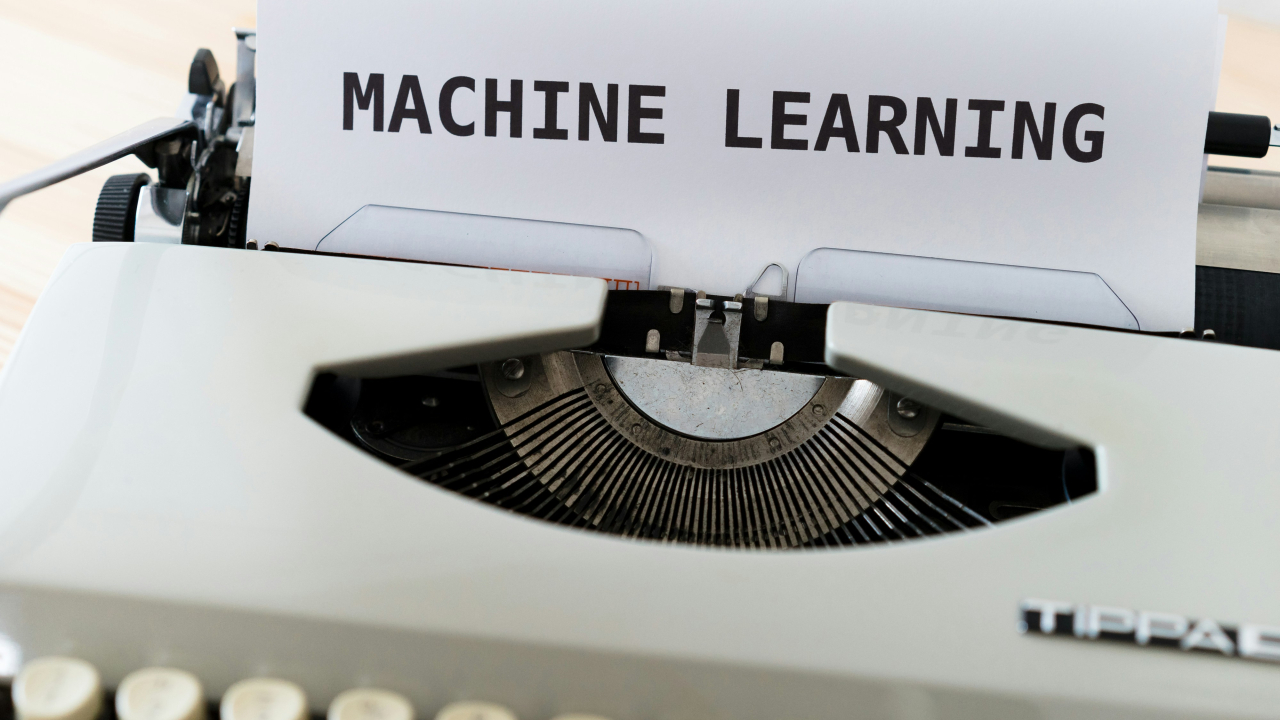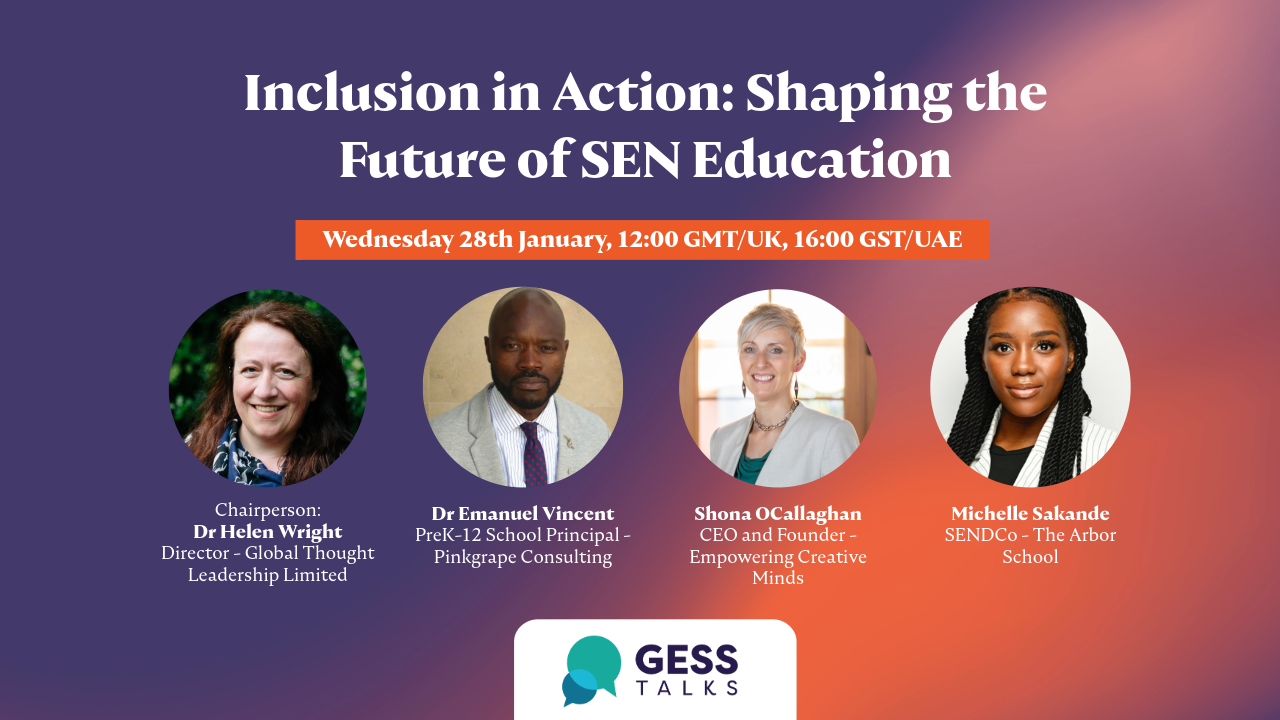Balancing Intelligence: Human Literacy vs. Artificial Intelligence
In the dynamic and fast-evolving educational landscape of 2025, artificial intelligence (AI), virtual reality (VR), and augmented reality (AR) are no longer distant concepts—they are at the core of how we teach, learn, and prepare for the future. As Chairman of BVM Global Group of Schools, I’ve had the unique opportunity to witness firsthand how these technologies are reshaping classrooms across continents. One of the most critical aspects now under transformation is literacy—not just reading and writing, but the broader spectrum of understanding, thinking critically, and communicating in a

The Good: Empowering Access and Engagement
Let’s begin with the promise AI holds for literacy.
AI tools are enhancing how students engage with text and language. With adaptive learning platforms, students receive personalized content suited to their reading levels and learning styles. Tools like AI-powered reading companions can read aloud to children, assist with pronunciation, and provide real-time feedback—bridging learning gaps for struggling readers and those with learning disabilities.
Moreover, natural language processing (NLP) has opened up new ways to democratize literacy. AI can now translate, transcribe, and simplify complex texts, making content more accessible across age groups, regions, and language barriers. In my travels across Asia, Africa, and the Middle East, I’ve seen rural learners reading English stories in local languages thanks to real-time AI translation—something unimaginable just a few years ago.
Generative AI, such as ChatGPT and its successors, offers students opportunities to brainstorm, draft essays, and explore creative writing in collaborative ways. Rather than replacing original thinking, these tools—when integrated thoughtfully—can serve as intellectual scaffolds. They help learners articulate ideas better, build confidence, and navigate the vast world of information.
In teacher training, AI offers virtual simulations and feedback systems that are revolutionizing pedagogy. Imagine a teacher in a remote village in Tamil Nadu accessing best practices in reading instruction used in Finland, in real time, through AI-curated resources. It’s happening—and it’s transforming the meaning of inclusive education.
________________________________________
The Bad: Complacency and Dependency
But with every innovation, comes a caution.
The overreliance on AI tools can lead to passive consumption rather than active learning. We must ask ourselves—if AI is doing the reading, summarizing, and even writing for our students, are they truly internalizing knowledge? Are they learning the critical thinking and comprehension skills that define literacy in its truest form?
Students may start outsourcing their thinking to machines, bypassing the cognitive struggle that is essential for deeper understanding. The art of making connections, questioning assumptions, or interpreting subtext may slowly erode if learners become mere consumers of AI-generated content.
Furthermore, AI models are not infallible. Biases in training data, factual inaccuracies, and the inability to grasp nuanced cultural or emotional contexts can mislead young learners. There’s a growing concern among educators that AI tools, when unchecked, could reinforce stereotypes or provide misleading interpretations of texts.
In classrooms where resources are scarce, I’ve observed educators fully depending on AI-generated lesson plans without reviewing or contextualizing them. This can lead to loss of local relevance and cultural dilution, especially in literature and language education. Technology should enhance our heritage—not override it.
________________________________________
The Ugly: Equity, Ethics, and Erosion of Human Connection
The most serious challenges lie in the ugly underbelly of AI’s integration into literacy.
At the global level, there’s a deepening digital divide. While schools in urban hubs experiment with AI tutors and AR storytelling experiences, many rural or economically challenged regions still lack access to reliable internet, let alone advanced tools. Literacy, in this AI age, risks becoming a privilege rather than a universal right.
Then comes the question of data ethics and privacy. AI-powered reading platforms collect vast amounts of student data—reading speed, interest areas, comprehension levels. Who owns this data? How is it being used? Are children’s cognitive patterns being commodified?
As educators and policymakers, we must develop robust frameworks to govern the use of AI in literacy, ensuring transparency, security, and the right to opt-out. Literacy should never come at the cost of freedom.
Finally, the very essence of human connection in education is under threat. Storytelling, reading circles, teacher feedback—these are not mere instructional methods; they are emotional bonds that shape empathy, imagination, and social learning. No AI avatar can replace the spark in a teacher’s eyes when a child grasps a difficult poem, or the warmth in a classroom where students debate the meaning of a story.
________________________________________
Where Do We Go From Here?
So how do we embrace AI without compromising the soul of education?
1. Human-in-the-Loop Models
AI must be seen as a co-teacher, not the teacher. Let human educators contextualize, question, and balance AI outputs. Technology should augment—not automate—learning.
2. AI Literacy for All
Just as we teach reading and writing, we must now teach students how to work with AI tools critically. Understanding algorithms, recognizing bias, and using AI ethically must become foundational parts of digital literacy curricula.
3. Cultural Anchoring
AI applications in literacy must celebrate multilingualism, indigenous stories, and local authorship. Tools should be trained on diverse data that reflect the world’s cultural richness, not just dominant narratives.
4. Infrastructure Equity
Governments, NGOs, and private players must come together to ensure that AI-enhanced literacy is accessible to all—regardless of geography or socio-economic status. Let’s not allow a child’s postcode to define their learning future.
5. Mental and Emotional Health
With AI becoming more integrated, we must actively preserve the human elements—curiosity, empathy, and resilience. Real reading, discussion, and face-to-face storytelling remain irreplaceable pillars of cognitive and emotional development.
________________________________________
In Conclusion
AI, VR, and AR are here to stay. They are not enemies of education—but neither are they saviors. The impact they have on literacy depends entirely on how we wield them.
At BVM Global Group of Schools, our vision is clear: to combine the best of technology with the best of human values. Let us use AI to unlock literacy, not dilute it; to expand imagination, not replace it; to create equity, not elitism.
The future of literacy lies not just in reading text—but in reading the world with wisdom, compassion, and courage. And that, no matter how advanced AI becomes, will always begin with a teacher’s touch and a student’s spark.
________________________________________
Ramana Prasad is the Chairman of BVM Global Group of Schools and BVMi International School, he speaks globally on the future of learning and technology.
Stay up to date
Subscribe to the free GESS Education newsletter and stay updated with the latest insights, trends, and event news every week. Your email address will remain confidential

